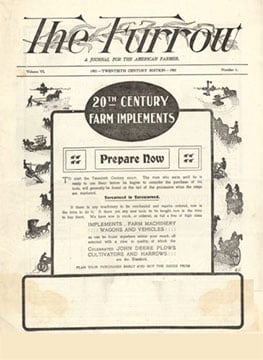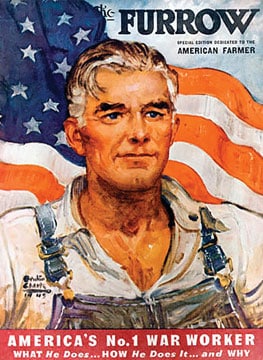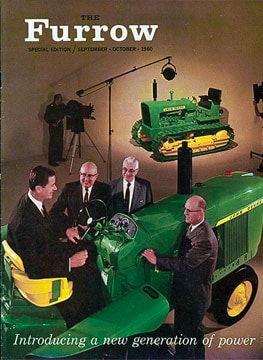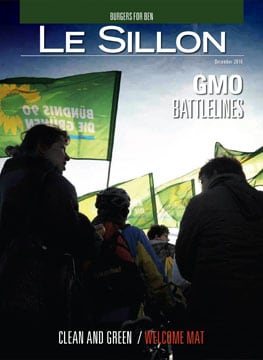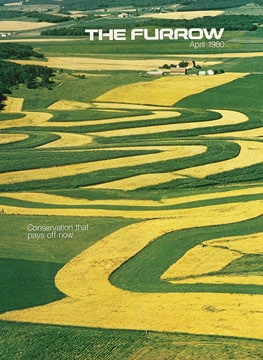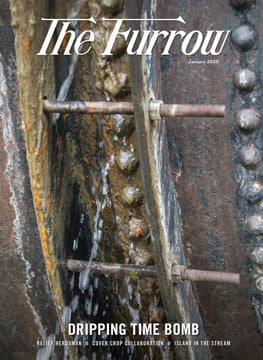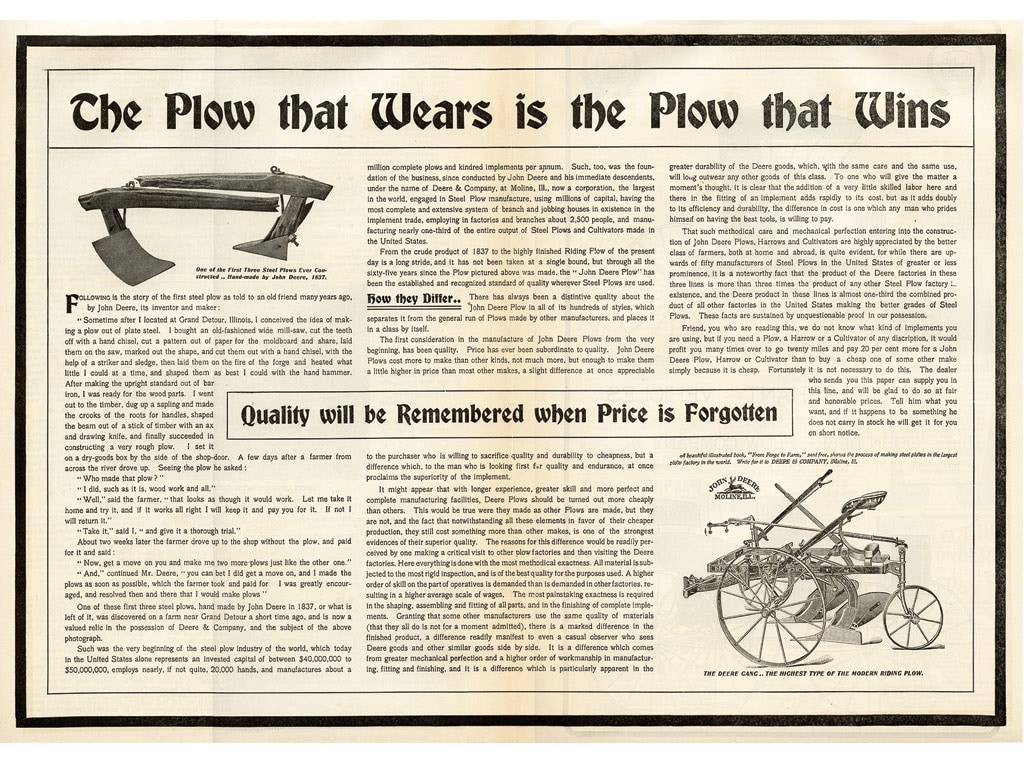
The Furrow began as a 10-by-13-inch farm news tabloid and, not surprisingly, promoted moldboard plows.
Agriculture January 01, 2021
Plowing a Straight Furrow
For 125 years, The Furrow has been documenting the ebb and flow of farm life.
As hard as it may be to explain to young folks these days, there was a time before the Internet. There was a time before cell phones and apps and instant messages. Go back far enough, and there was a time before television.
In fact, if you turn back the pages of history, there was a time before farm radio reports, a time before electricity, a time when daily rural delivery of mail was only a decadent dream.
That was the time in history that a publication called The Furrow was born. It was 1895, just a few years after the U.S. Census confirmed that the U.S. frontier was settled. Draft animals provided the power needed on farms, and the Second Industrial Revolution was just getting into full swing. L.B. Kuhn, identified in historical documents as a “John Deere advertising man,” developed the vision of a farm magazine published by the company. The Furrow contained pages in which the company could advertise its horse-drawn implements, surrounded by editorial pages carrying information about the latest farming practices. John Deere dealers sent the magazine, under their imprint, to their farmer customers. The U.S. Postal Service introduced Rural Free Delivery in 1896, a commitment to provide daily delivery of mail direct to rural mailboxes, turning them into an information hotspot.
The expanding network of John Deere dealers sent in names at a phenomenal rate after the turn of the 20th century as The Furrow climbed to a circulation of 1.4 million by 1912—and proclaimed itself the largest circulation farm magazine in America.
Plowing A Straight Furrow
For 125 years, The Furrow has been documenting the ebb and flow of farm life.
What’s old is new. Perhaps there has never been a better time to pause and reflect on the history of The Furrow than to review 2020—a tumultuous year. Farmers faced a number of challenges in the magazine’s 125th year of operation, including a global pandemic, wild market swings, extreme weather, and massive wildfires. Contemporary news coverage often referred to these events as “unprecedented.”
But, as expressed in the wisdom of the book of Ecclesiastes, there is no new thing under the sun. The Furrow observed events in 1918, when a global influenza pandemic—the so-called “Spanish Flu”—caused the deadliest disease outbreak in human history. Rural Iowa was hit hard, and the Iowa Board of Health placed the entire state under quarantine. The board also closed schools and churches, and required the use of face coverings in public spaces—the same type of actions making headlines today.
There are many other examples. Ethanol is in the news today, but a look back in the archives of The Furrow turns up a story from 1939 about 3,830 filling stations in the U.S. heartland selling gasoline containing 10% “power alcohol.” The story says the alcohol was made chiefly from corn, but could be made from grain sorghum or many other sources.
Similarly, soil health is a trendy topic but it, too, has a pedigree that begins well into the past. At the turn of the 20th century, John Deere operated a soil culture department; its director, W.E. Taylor, urged farmers in a 1923 story to consider expanding their crop rotation to include soybeans. The USDA found that soybeans were grown on fewer than 2,000 acres in a 1909 survey, but Taylor speculated that “no other plant so little grown in the U.S. promises so much to agriculture.”
Boom and bust. The mission of The Furrow has been to plow a straight path through agriculture’s roller coaster turns of fortune. Sometimes the outlook is so rosy that editors can barely contain their enthusiasm. “Man, ag is not a drag,” wrote Furrow editor Ralph Reynolds in a 1968 editorial. “It is where the action is...the talk about rockets into outer space, electronic communications, the hippies...all seems almost humdrum when I see what’s happening on modern farms.”
What was happening was the birth of global agriculture based on worldwide trade. Reynolds spearheaded efforts to make sure The Furrow responded to this new frontier, adding five new European editions in the 1970s. They joined Latin American and Australian editions that had been established in the 1960s. The global tradition continues today. The Furrow is produced in more than 20 languages, serving farmers in more than 100 countries, with a total global distribution of approximately 2 million.
In agriculture, however, the boom often turns to bust. The Furrow has experienced two extended downturns where farm fortunes turned bleak. The first was the downturn following the end of World War I. It extended into the economic and environmental disasters of the Great Depression and the Dust Bowl. The Great War, which began in 1914, sent food demand (and prices) soaring. But shortly following the end of the war in 1918, the bubble burst. Those woes were soon followed by a collapse in the general economy. Mamie Bunch, the home editor, tried to comfort readers of The Furrow during the depths of the economic depression. In a 1934 column, she pointed out that hard times develop character, improve spiritual values, and “cause people to work together to solve their problems.”
In more contemporary times, the glory days of the 1970s turned quickly to dog days. More than 15% of U.S. farms went out of business in the 1980s; similarly, in Canada, three times as many farmers found themselves in financial trouble in the 1980s as compared to the 1970s. A new kind of story appeared in The Furrow—dealing with farm stress.
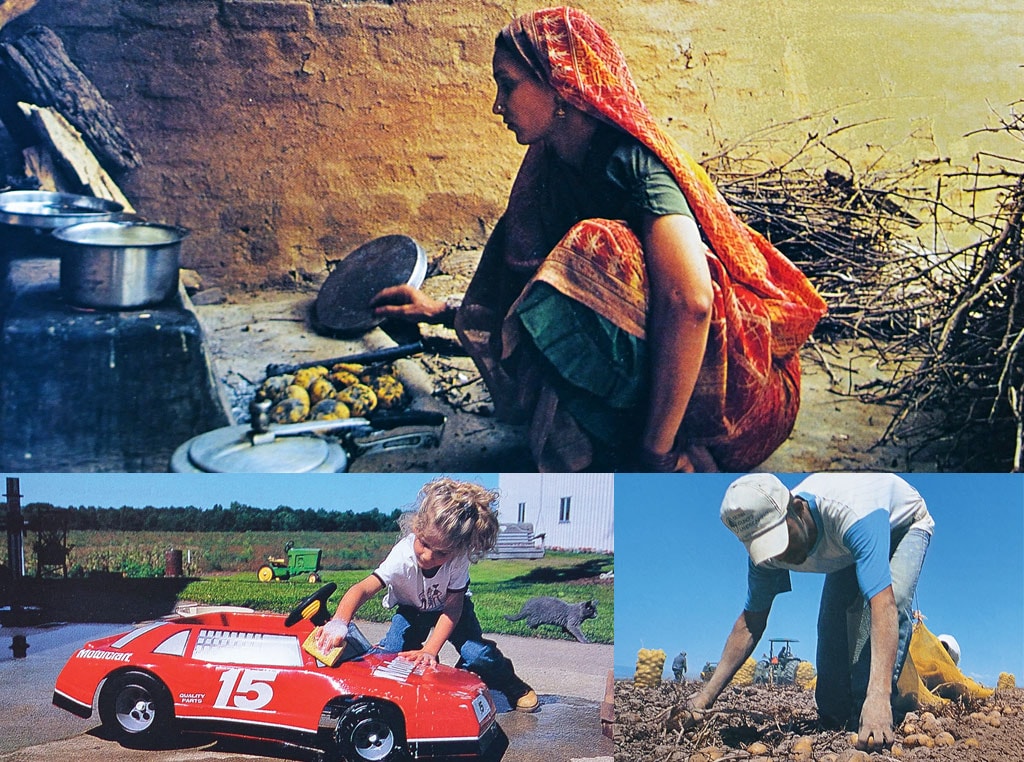
Contributors to The Furrow documented agriculture on one day in 2000, showing meal preparation in India, a Mexican potato harvest, and spiffing up the fleet on a U.S. farm.
The magazine continues to look for new ground to plow—metaphorically, of course—such as its special issue devoted to documenting a day in agriculture around the world. The Furrow unleashed a cadre of photographers on Sept. 7, 2000, simply to document the monumental task of feeding a hungry planet. The mission continues as The Furrow begins year 126. “We must ensure we’re giving our readers the stories they want in the manner they want them,” says Anne East, who directs editorial content in North America. “One thing that won’t change is our purpose.”
That well-established purpose is to tell stories that inform and entertain. “I’m confident we can continue the same rich heritage,” East says. “The best is yet to come.”
Read More
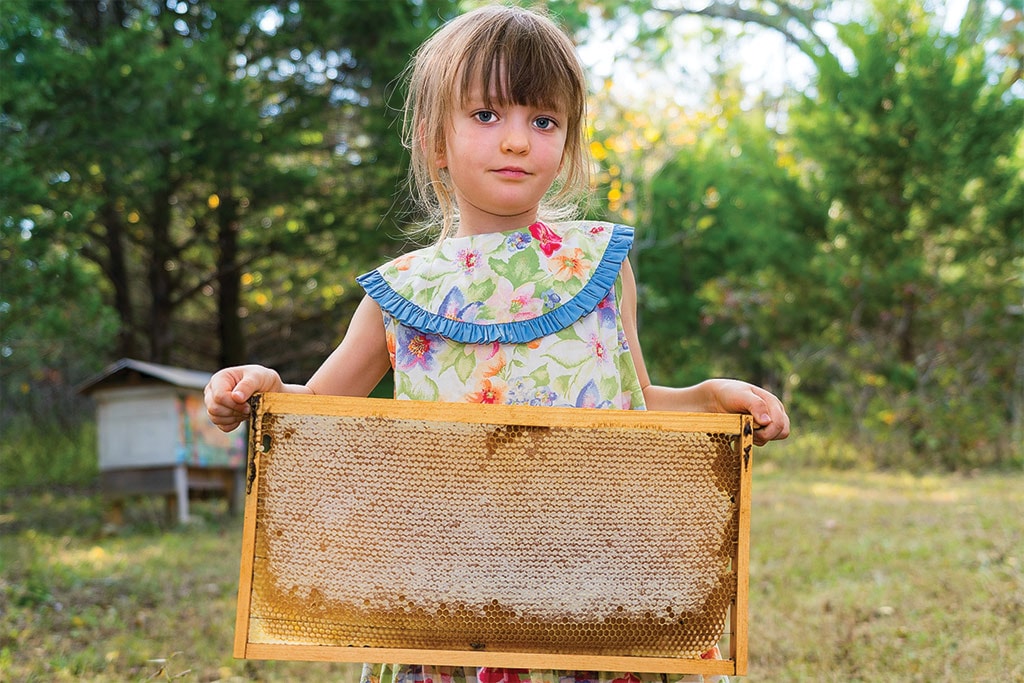
Agriculture
Faces of The Furrow
For 125 years, The Furrow has told the story of agriculture, and the stories of agriculture.

